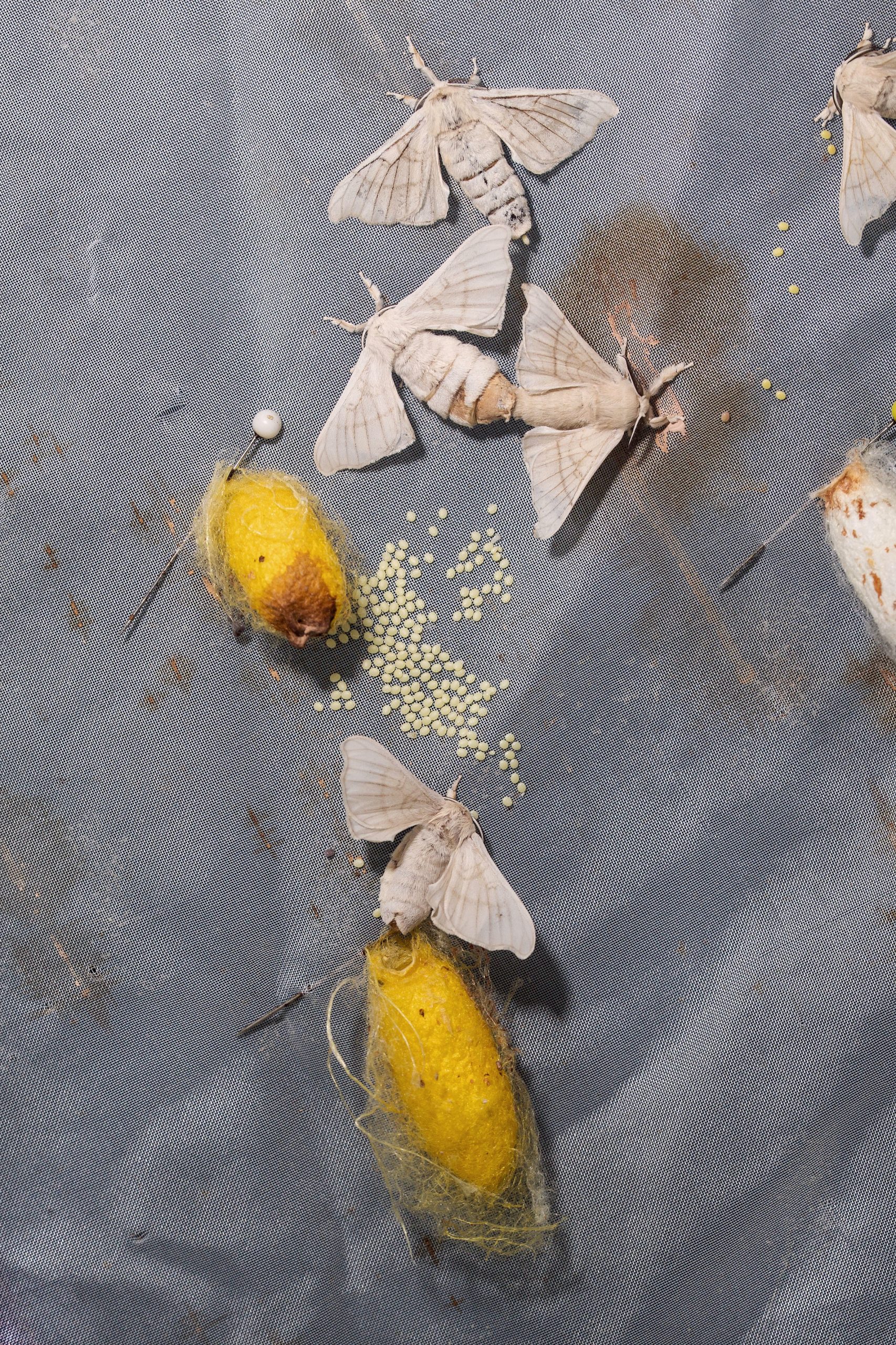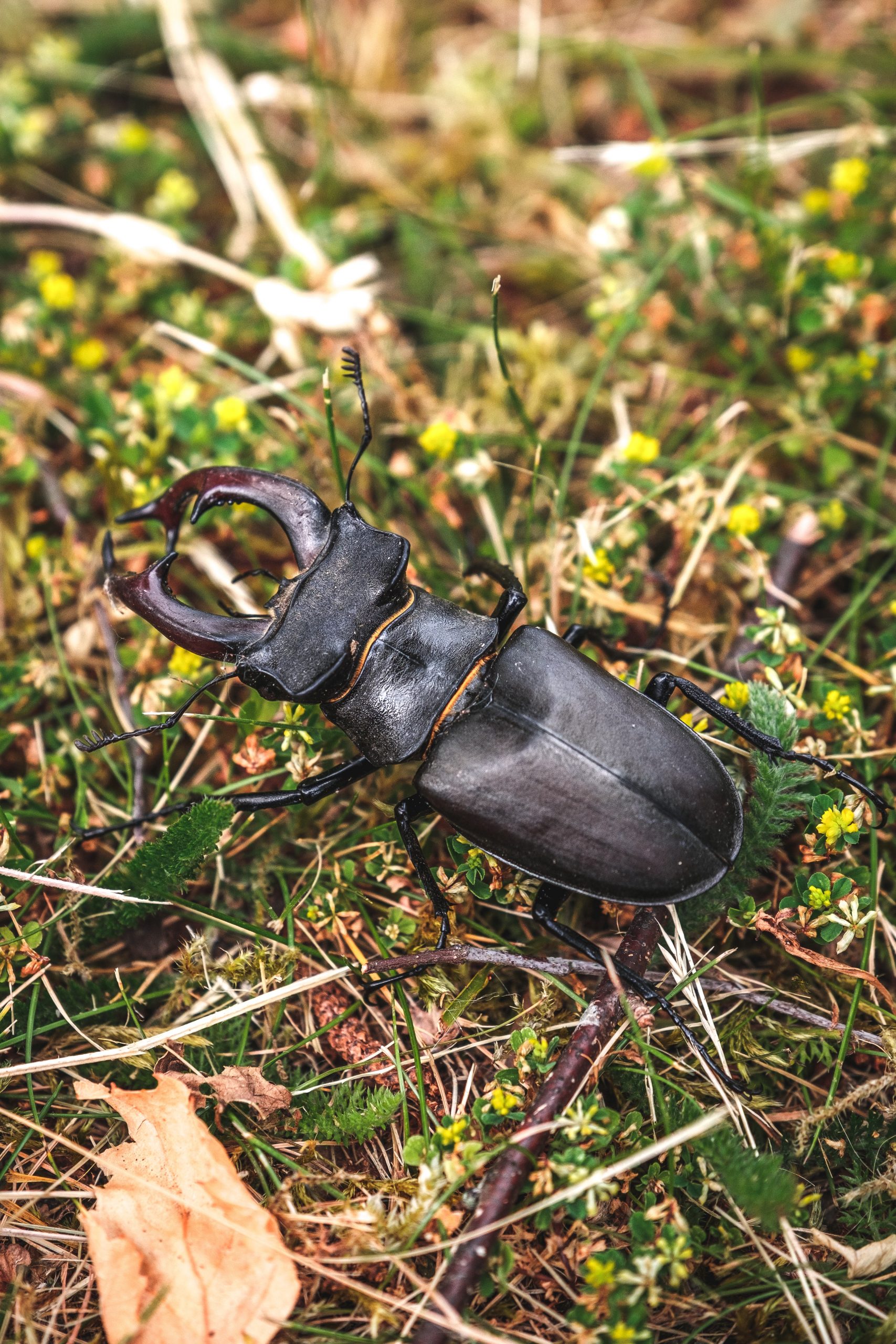Moths/Beetles
The most common insects infesting food in the home are in the orders Lepidoptera (moths) and Coleoptera (beetles). Adult moths and adult beetles are easy to distinguish from one another, but their similar-looking larvae are a little more difficult to identify. Use a hand lens to examine the legs of the larvae. Beetle larvae are either grublike and legless or have only three pairs of legs, all located close to the head. Moth larvae have three pairs of true legs plus additional leglike structures farther down the abdomen. Both larvae and adults of beetles feed on foodstuffs, whereas only the larval stage of moths eats stored products.
Damage
Pantry pests damage food by contaminating it with their bodies and their by-products. The larval stage of the Indianmeal moth produces frass (excrement) and webbing, and some beetle larvae produce secretions that give food a disagreeable odor and taste. Setae (hairs) from the warehouse beetle can irritate the mouth, throat, and stomach of people who eat infested products. In addition, pantry pests might introduce microbes into the food that could produce mycotoxins (highly carcinogenic compounds), especially if the food is stored in warm, humid conditions.
Prevention and Sanitation
- Don’t put exposed food on shelves. Place it in containers with tight-fitting lids; plastic bags aren’t adequate.
- Regularly clean shelves, bins, and all other locations where there is any possibility of flour or other food particles accumulating. Certain pests need only small amounts of food to live and breed. Soap and water are great for cleaning flat areas, and vacuuming with a crevice attachment will help clean cracks, edges, and corners.
- Don’t mix old and new lots of foodstuffs. If the old material is infested, the pest will quickly invade the new.
- Clean old containers before filling them with fresh food. They may be contaminated and cause a new infestation.
- Don’t purchase broken or damaged packages of food materials. They are more likely to become infested.
- Construct storage units so that they are tight and can be easily cleaned.
- Store bulk materials, such as pet foods, in containers with tight-fitting lids.
- Keep storage units dry. This is important because moisture favors the development of pantry pests, while dryness discourages them.

